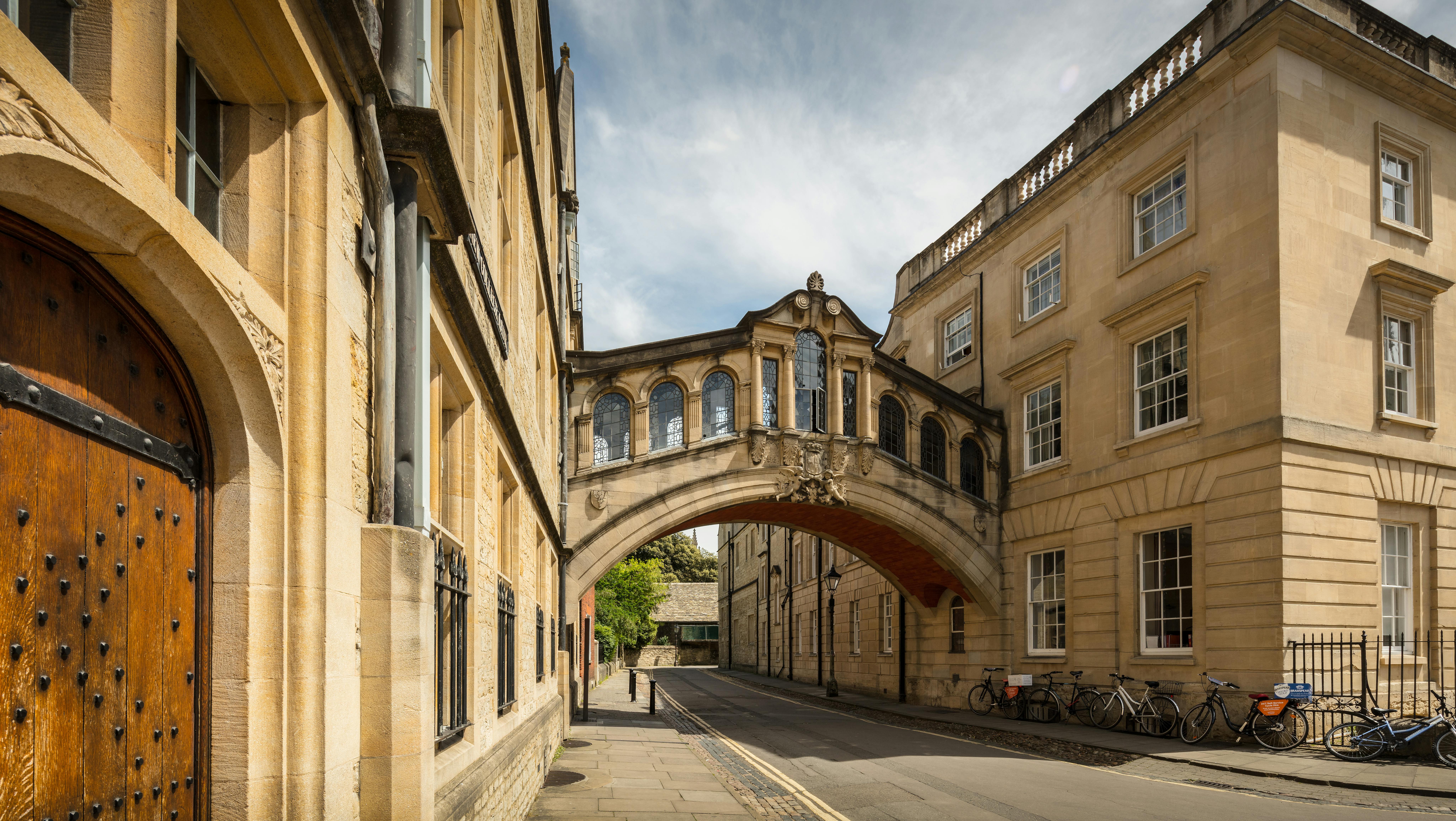
If you’re a high school student thinking about studying in the UK, you’re not alone. Universities like Oxford, Cambridge, and Edinburgh attract students from all over the world. But the application process might be very different from what you’re used to. Instead of applying to each university separately, students apply through a central system called UCAS.
Below is a simple breakdown of the UCAS process, from choosing courses to accepting offers, designed for students in Years 11 and 12 and their parents.
Step 1: Choose your courses and universities
Before anything else, you’ll need to decide which courses you want to apply for. In the UK, you apply to specific courses, not just universities in general. You can list up to five course choices on your UCAS form. These could be five different universities for the same course, or a mix of courses and locations.
When choosing, check the entry requirements carefully. Each course will list the grades or scores they expect. Some may want a certain high school final grade. Make sure your predicted results are likely to meet them.
Important note: If you’re applying to Oxford or Cambridge, you can only choose one of them, not both. And for Medicine, Dentistry or Veterinary Science, you can only apply to four courses in those fields.
Step 2: Understand the key deadlines
Timing is critical in the UCAS process. Here are the main dates to know:
- 15 October: This is the early deadline for anyone applying to Oxford, Cambridge, or most Medicine, Dentistry or Veterinary courses.
- Mid-January: This is the main deadline for almost all other UK university courses.
- 30 June: The final cut-off to apply for the current year’s intake.
Most students apply during Year 12, so plan ahead. Many schools will also have internal deadlines earlier than the official UCAS ones.
Step 3: Write your personal statement
Your UCAS personal statement contains three short-answer questions that go to all your course choices. They should focus on why you want to study your chosen subject and what makes you a strong candidate.
The 3 questions are:
- Why do you want to study this course or subject?
- How have your qualifications and studies helped you to prepare for this course or subject?
- What else have you done to prepare outside of education, and why are these experiences useful?
You have 4000 characters (about 600 to 650 words) to explain your interest in the subject, relevant academic work, and any related activities or experiences. It should sound genuine and focused. Avoid humour or personal stories that aren’t relevant to your academic motivation. And since the same statement goes to every university, you cannot mention any one university by name.
Good personal statements take time. Start early and revise with help from a teacher, advisor, or someone familiar with the UK system.
Step 4: Gather predicted grades and a reference
Since you’ll be applying before finishing Year 12, you’ll need to submit predicted grades. These are your teachers’ best estimates of how you’ll perform in your final exams. UK universities use them to decide whether to offer you a place.
Along with your grades, you must submit one reference. This is normally written by a school counsellor or teacher and should focus on your academic strengths and suitability for the courses you’ve chosen.
You can’t submit your UCAS application until your reference is uploaded, so give your referee plenty of notice. Your school might also have its own deadlines for submitting drafts or details to help write the reference.
Step 5: Submit your UCAS application
Once your course choices, personal statement, predicted grades, and reference are all ready, you can submit your application online through the UCAS portal. There is a small fee, and UCAS will then send your application to all your chosen universities.
After submitting, check your UCAS account regularly for updates. Universities will contact you through UCAS or email if they need anything else, like additional documents or interview invitations.
Step 6: Track offers and respond
Each university will review your application and either make you an offer or not. Most offers are conditional, meaning you must achieve certain results in your final exams. Some students may also receive an unconditional offer if they’ve already met the requirements.
Through your UCAS account, you can track which universities have made you an offer. Once all responses are in, you’ll choose one offer as your firm choice (your top preference) and one as your insurance choice (a backup in case you don’t meet the firm offer’s conditions). You’ll need to decline any other offers.
Step 7: Plan your next steps
After you accept your offers, you’ll wait until your final results are released. If you meet the conditions of your firm offer, you’re in. If not, and you meet the insurance offer, you’ll go there instead.
If you miss both, UCAS offers a process called Clearing where you can find other courses still accepting students. Hopefully you won’t need that, but it’s good to know it’s there.
Once your place is confirmed, you’ll apply for a student visa and start planning your move to the UK.
Final Thoughts
Applying to study in the UK is a big step, but with the right preparation, it’s completely achievable. Understanding the UCAS process is key to making it happen.
If you’d like personalised help at any stage, from choosing courses to editing your personal statement, we’re here to guide you.
Book a free consultation with Ed Carpet today and let’s make your UK university dream a reality.
Related Posts
Why Don’t More Australians Study Overseas?
Studying at a top university in the US or UK can open doors to incredible opportunities. Yet, despite the prestige, career benefits, and life-changing experiences that come with studying abroad, relatively few Australian students take this path. In fact, we estimate that approximately 0.25% of Australian high school graduates choose to study their undergraduate degree […]
Read MoreWhy Start Your University Prep in Year 9?
Applying to universities in the US and UK isn’t quite the same as putting together your university preferences in Australia. While Australian university admissions primarily focus on your ATAR, overseas applications require a more comprehensive approach that showcases years of achievement, involvement and personal growth. That’s why starting your preparation as early as Year 9 […]
Read MoreWhat Are the 8 Ivy League Universities?
For many students dreaming of studying in the United States, the term “Ivy League” represents the pinnacle of academic excellence. But what exactly are the Ivy League universities, and what makes each one unique? Let’s explore these prestigious institutions. First, it’s worth noting that the term “Ivy League” originally referred to an athletic conference of […]
Read More



